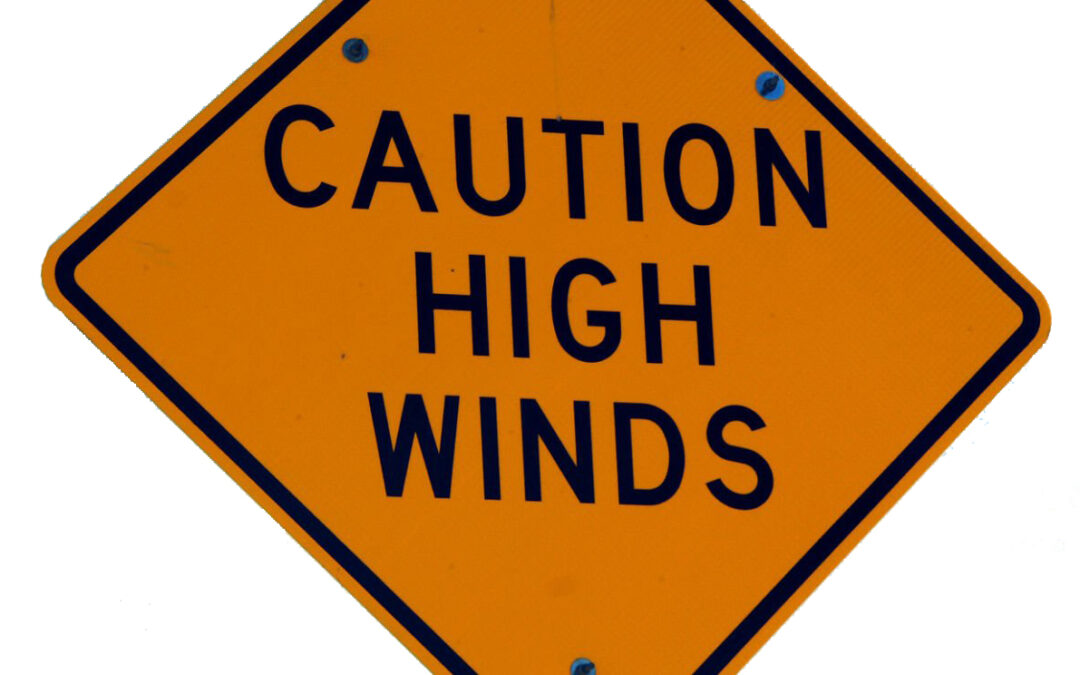High winds pose safety risks for employees working outdoors. These hazards include flying debris, falling objects, slippery surfaces, and the potential for buildings, equipment, and other structures to sway or fail. Loose items such as tree branches and trash cans can become dangerous projectiles, causing property damage and injury. It’s crucial to secure outdoor items that the wind could pick up. During windy conditions, it’s important to stay indoors to avoid flying debris.
High winds can also be a hazard for motorists. Strong gusts can make it challenging to control a vehicle, especially for drivers of large trucks or those towing trailers. Wind can blow debris onto the road, creating hazards for drivers. It’s crucial to be cautious when driving in high winds and to avoid driving, if possible.
To minimize the dangers associated with high winds, implement the following precautions:
- Inspect and maintain structures and equipment to ensure they are secure and can withstand high winds.
- Develop and implement a wind safety plan that outlines procedures for managing high-wind situations. This plan should include securing equipment, relocating employees to safe areas, and shutting down operations.
- Train employees to operate safely in high wind conditions. This includes securing loose objects, navigating slippery surfaces, and responding to emergencies.
- Monitor weather conditions and issue alerts or warnings to employees when high winds are forecasted. Be prepared to adapt the work schedule or activities accordingly.
While working in high winds, there are a few additional safety tips to follow:
- Ensure hard hats are securely fastened.
- Wear eye protection to keep dust, debris, and other foreign particles from blowing into the eyes.
- Never work at elevations, on roofs, or scaffoldings in windy conditions. Winds of more than 25 miles per hour can cause a loss of balance.
- Ensure that tools are properly stored, and cones, signage, and other loose materials are safely secured.
- Do not attempt lifting operations during high winds exceeding 35 miles per hour. Cease all crane and hoisting equipment operations until wind speeds reach acceptable levels.
The Occupational Safety and Health Administration considers “high wind” conditions hazardous when winds exceed 40 miles per hour or, if the work involves material handling, when winds exceed 30 miles per hour.
Working in windy conditions requires awareness, preparation, and caution to ensure workers’ well-being and productivity. Employees should dress appropriately, secure loose items, take breaks when needed, and stay informed about weather conditions. These measures can minimize the dangers of working in windy conditions and ensure employees’ safety.
As always, stay safe out there!


Recent Comments